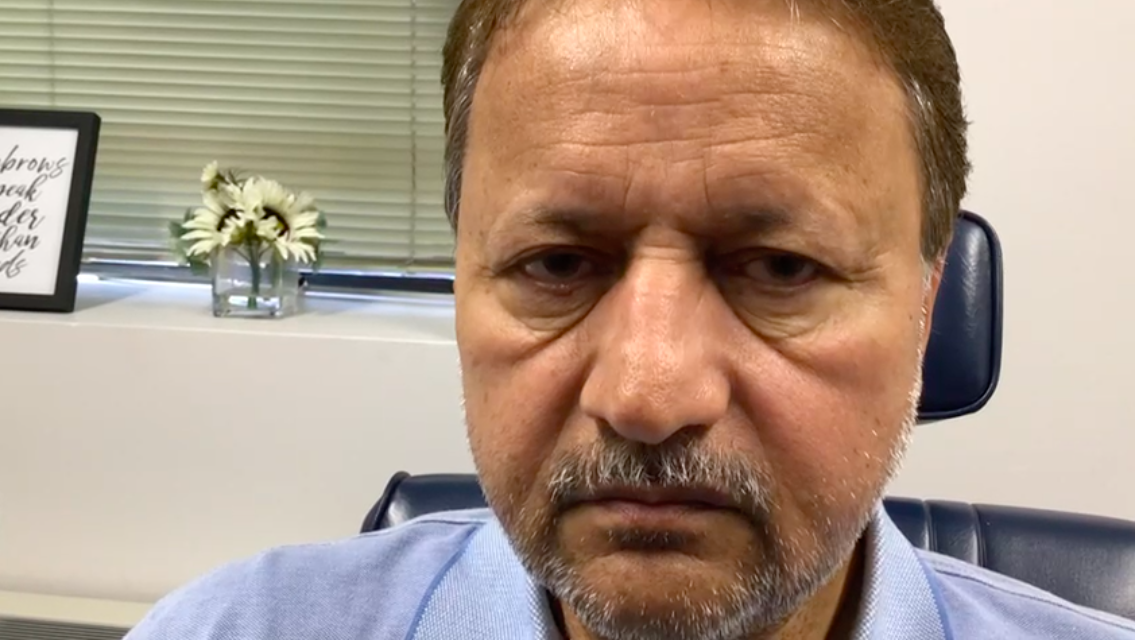Blepharospasm and dry eye are two distinct but sometimes interrelated eye conditions. Let’s explore how they are related and how they can coexist:
Blepharospasm: Blepharospasm is a neurological disorder characterized by involuntary, repetitive contractions of the eyelid muscles. These contractions can lead to uncontrollable blinking and, in severe cases, even forceful closure of the eyelids. It’s typically unrelated to dry eye in terms of its underlying cause.
Dry Eye: Dry eye syndrome, also known as keratoconjunctivitis sicca, occurs when the eye fails to produce an adequate amount of tears or when the quality of tears is compromised. This condition leads to symptoms such as eye dryness, irritation, burning, and sometimes excessive tearing (reflex tearing due to irritation).
Now, let’s explore the relationship between blepharospasm and dry eye:
Coexistence: In some cases, individuals with blepharospasm may also experience symptoms of dry eye. The persistent and excessive blinking or closure of the eyelids in blepharospasm can disrupt the normal distribution of tears across the eye’s surface. This disruption can lead to increased evaporation of tears, exacerbating dry eye symptoms. Furthermore, the use of lubricating eye drops, which are often recommended for dry eye treatment, may be challenging for individuals with blepharospasm due to their involuntary eyelid movements.
Differential Diagnosis: It’s essential for healthcare professionals to differentiate between the two conditions during diagnosis because their treatments differ:
Blepharospasm treatment typically involves botulinum toxin injections into the eyelid muscles to temporarily paralyze them, reducing the involuntary contractions.
Dry eye treatment includes the use of artificial tears, prescription medications to increase tear production, intense light therapy (IPL) and lifestyle changes to manage symptoms.
Impact on Quality of Life: The coexistence of blepharospasm and dry eye can significantly impact an individual’s quality of life. Both conditions can be physically uncomfortable and socially challenging due to their visible symptoms. Managing both conditions effectively is essential to improve a person’s overall eye health and well-being.
In summary, while blepharospasm and dry eye are distinct conditions, they can sometimes coexist and exacerbate each other’s symptoms. Accurate diagnosis and a comprehensive treatment approach that addresses both conditions are essential for individuals experiencing this challenging combination of eye-related issues. Healthcare professionals, such as ophthalmologists and neurologists, play a crucial role in providing appropriate care and improving the quality of life for these patients.






